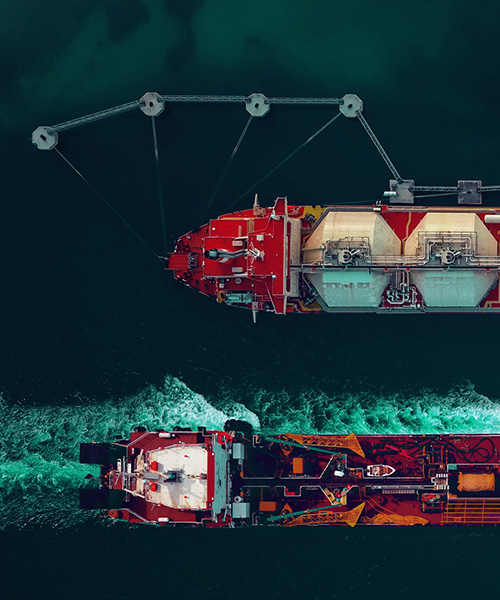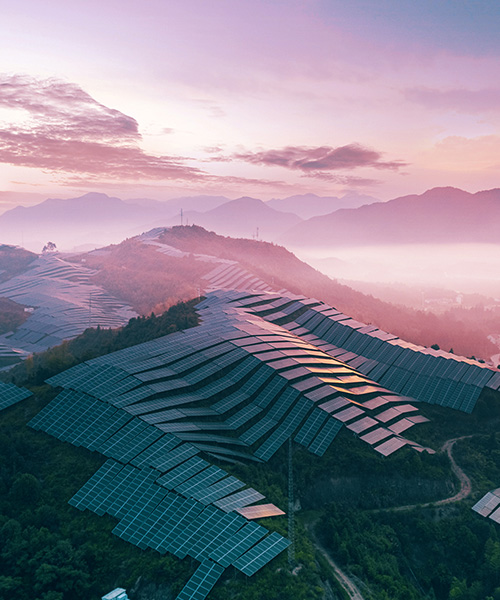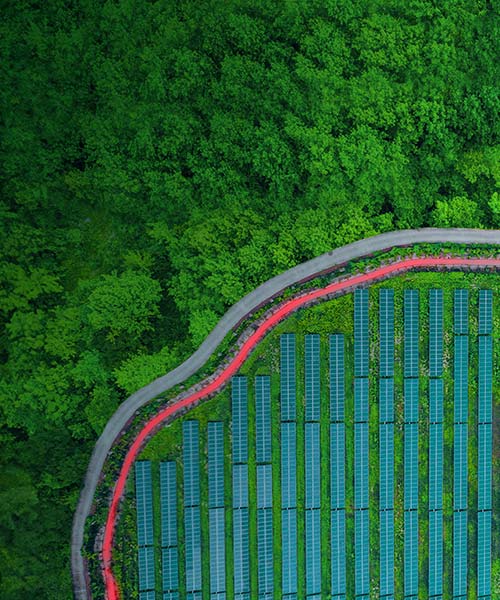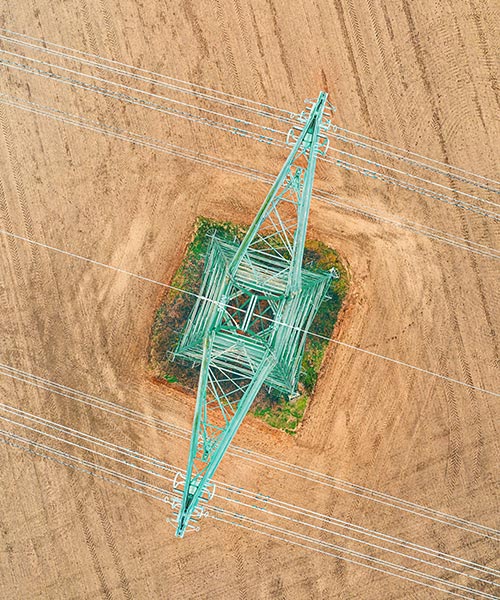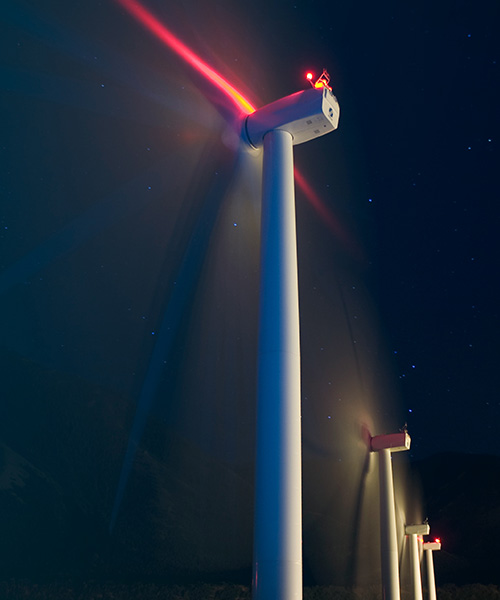May 22, 2025 • 3 min read
Reimagining the role of gas in the energy transition
In this article, Peter Cox and Gillian Cagney explore how integrating gas with technologies like carbon capture, renewable gases and digital optimization helps lower emissions while providing energy security and affordability. They look at how these opportunities are taking shape globally and what they mean for energy systems in Australia.
Across the world, a fundamental question continues to shape the future of energy: How do we balance the delivery of affordable, reliable energy with the urgent need to reduce emissions to meet net zero targets?
“We believe gas has a critical role in achieving that balance – when integrated with the right technologies and used as part of a broader strategy to decarbonize energy systems,” says Cox.
We’re partnering with customers across the globe to deliver projects to reimagine gas infrastructure, not phase it out.
From hydrogen hubs in Asia to biofuel refineries in Europe and LNG facilities in North America, gas is being integrated with carbon capture, utilization and storage (CCUS), renewable gases and digital optimization for more resilient energy systems. That includes embedding CCUS into LNG export projects, blending hydrogen into national gas grids and producing biomethane from agriculture waste for pipeline injection.
We’re helping deliver backbone hydrogen pipeline networks in Finland and Sweden – investments that build on existing infrastructure to enable the transport of future fuels. These large-scale energy infrastructure projects are designed to reduce emissions, improve energy security, and preserve affordability.
But delivering this scale of innovation depends on confidence – in regulatory frameworks, policy settings, technology, and partnerships. That’s why we’re working closely with our customers to design gas systems that are fit for today and ready for tomorrow’s net zero future by:
- integrating renewable gases like hydrogen, biomethane and e-methane
- deploying CCUS at commercial scale
- using cutting-edge digital tools to optimize performance.
It means designing systems that can evolve so they continue to create long-term value for stakeholders as technology matures and energy markets shift. It also means exploring emerging technologies like methane pyrolysis, which creates hydrogen from gas with lower emissions or even negative emissions when paired with biomethane. We’ve recently studied the viability of these technologies, and the early results are promising.
Unlocking the potential of decarbonized gas in Australia
Australia is well positioned to lead in the next phase of the energy transition. With its abundant solar and wind resources, strong agricultural regions that can support biomethane production, a skilled energy workforce, and an extensive gas infrastructure already in place, the foundations are there.
As the need for gas beyond 2025 becomes more evident, driven by the imperative to maintain energy stability and meet industrial demand, there’s an opportunity to shape a local approach. With its strong capabilities, Australia can draw on global experience and apply it to local conditions. By blending innovation with homegrown strengths, it can build a gas system that supports the transition.
Renewable hydrogen and biomethane both play a key role. Biomethane, in particular, offers a way to deliver near net zero emissions using existing networks, making it one of the fastest and most practical options to decarbonize regional gas supply. Hydrogen will be crucial for industrial decarbonization and global export markets. However, to scale up and bring down costs, we need to explore low-carbon hydrogen production options. Technologies like blue and turquoise hydrogen can help build a viable business case.
Other technologies such as e-methane made from carbon dioxide and hydrogen can also use existing infrastructure with lower emissions to move us closer to a net zero energy ecosystem. By creating the right environment for project development, investment, and market growth, Australia can unlock the full potential of its gas networks as a platform for transition.
“The energy transition is not a one-technology race, it’s a whole-system challenge that requires coordination, confidence, and the ability to deliver solutions at scale,” says Cox.
Our From Ambition to Reality work with Princeton University is a series that proposes new methods for project delivery to meet current infrastructure challenges. It identifies five key shifts needed in the way energy infrastructure is delivered to achieve the speed and scale of the energy transition:
- Broadening value
- Enabling options
- Standardization
- Creating partnerships
- The digital accelerant.
“Trust is also foundational to the energy transition, something our most recent From Ambition to Reality paper explored. Communities need confidence that technologies like CCUS are safe, effective, proven and well-regulated. Investors need clarity on policy and the financial viability of their projects to de-risk capital deployment. Industry players need to collaborate instead of waiting on competitors to move first. And governments need to set long-term, bipartisan energy policy that transcends election cycles,” says Cagney.
These principles are already guiding our work globally and they are shaping how we support the role of gas – not just as a bridge to something else, but as part of a broader, more integrated approach to decarbonization.




